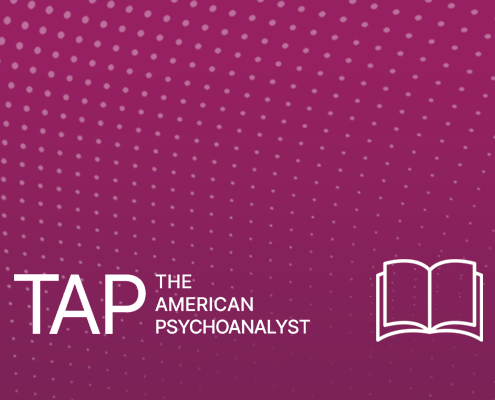What if the leading purpose of the therapeutic relationship is to elevate the process of play? And when this capacity is absent, how might we find ways to fertilize the imagination? These questions were posed by Nora Swan-Foster, a Jungian analyst and art therapist who was invited to review and discuss Steven Cooper’s recent book. In his book, Playing and Becoming in Psychoanalysis, Cooper suggests that there is tremendous value in play. He writes: “the capacity to mourn is often paradoxically helpful to the capacity to play, just as the capacity to play is often a part of the mourning process” (p. 6). With Winnicott’s radical theory of play as the foundation for intersubjective therapeutic work, Cooper builds upon Winnicott’s key contributions through exploring such ideas as the “bad object,” the relationship between play and mourning, metaphors and dreaming, ethics and play, and the role of play in transference-countertransference dynamics. Cooper shows us through clinical examples how and why play is clinically essential, and how its application can have a powerful influence on the direction of the analytic work. Holding play in mind shifts our clinical attitude and therapeutic approach, perhaps at times helping to detangle difficult emotional knots.
Nora invites us to bring paper and any art supplies we might have available to our online discussion, so that we can have a lived experience of spontaneous play. No need to be an artist for these two to three-minute explorations, she assures us, but have in mind a clinical dilemma or specific case. She has been experimenting with this method as a means of gaining a new perspective on countertransference issues. Theoretically, it should tap on right-brain functions and expand the play space in our discussion group.




